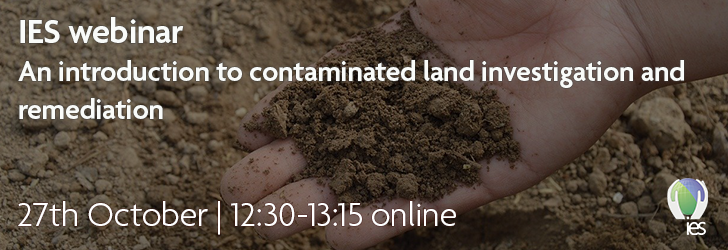Two hundred years of industrial activity has impacted the soil and water environment significantly. Now, heavy metals, hydrocarbons and other contaminants pose a health risk to people living in and using spaces, and reduces water and soil quality. As a result, governments and local authorities now require landowners to identify and clean up any harmful levels of pollution.
This webinar will look at the principles of contaminated land investigation and examine the methods used to collect and analyse data from soil, groundwater and surface water. It will also discuss the process of carrying out a contaminated land risk assessment using the source-pathway-receptor model. There is a wide range of technology that can be used to remediate pollution in the ground which we will look at, and we will briefly explore possible future solutions to the problem of contaminated land.
Our speaker
 Luke Bradley has been a geoenvironmental engineer for over a decade, working at a range of environmental consultancies and remediation contractors. During this time, Luke has covered a wide range of projects in the public, commercial and housing sectors including power stations, schools and railway schemes. His experience also includes the design and scoping of remediation projects and verification of completed remedial works.
Luke Bradley has been a geoenvironmental engineer for over a decade, working at a range of environmental consultancies and remediation contractors. During this time, Luke has covered a wide range of projects in the public, commercial and housing sectors including power stations, schools and railway schemes. His experience also includes the design and scoping of remediation projects and verification of completed remedial works.


